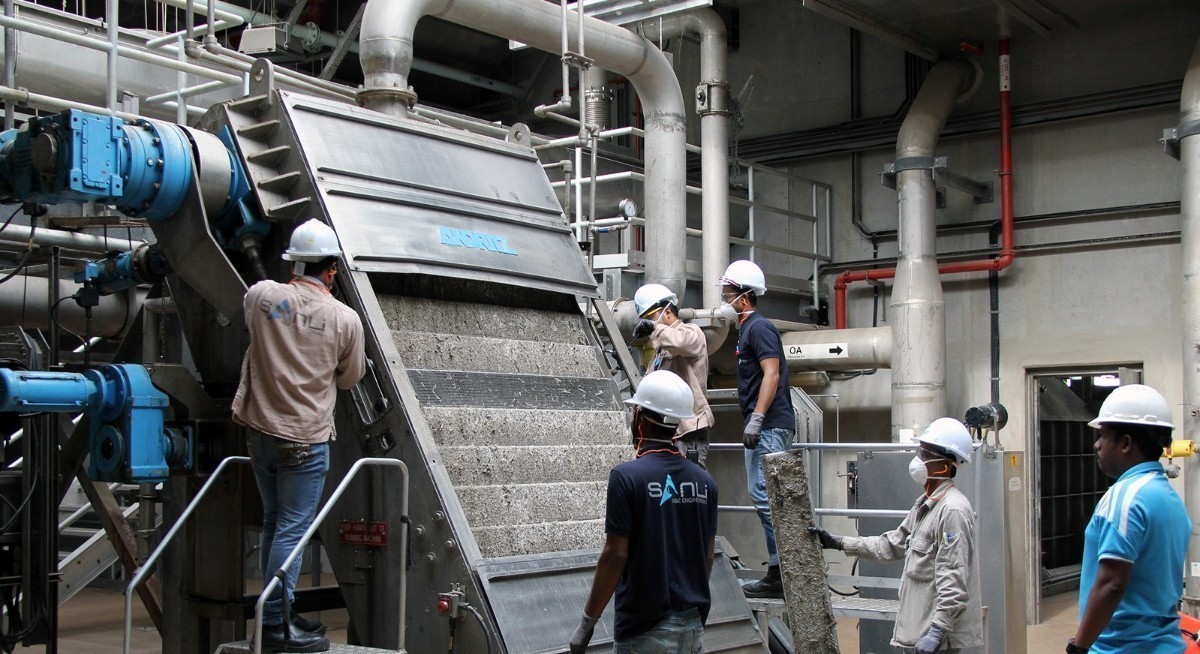“We anticipate tender results worth $300 million to $500 million to be announced by the end of November. These potential wins could significantly increase Sanli’s orderbook from $333 million to a range of $600 million to $800 million,” writes Seet.
He believes Sanli has a “strong likelihood” of securing at least $200 million to $300 million of these orders, thus nearly doubling its current orderbook. He adds: “Such outcome would serve as a significant catalyst for Sanli’s growth trajectory.”
Following the Covid-19 pandemic, elevated raw material and labour costs compressed the group’s margins in the FY2024 and FY2025. Seet anticipates a recovery in margins, particularly in the group’s Engineering, Procurement and Construction segment, as new contracts with improved margins commence in FY2026.
He writes: “Additionally, supported by a robust orderbook of $333 million as of July 10, we project revenue growth of 10% to 15% y-o-y for the next 2 years.”
See also: Analysts more confident on DFI’s Retail prospects following recent inaugural investor day
Overall, Seet sees that the group is well-positioned for sustained growth from FY2026 to FY2036, driven by PUB water-related projects and the anticipated Long Island tenders.
Sanli is also “among the few” local companies with specialised polder expertise, as evidenced by its successful completion of its first polder project at Pulau Tekong. A polder is a tract of land that lies below sea level and is reclaimed from the ocean, lakes, rivers or wetlands through the building of dykes, drainage canals and pumping stations.
“This positions Sanli favourably to capitalise on the upcoming Long Island project, estimated at $100 billion, enhancing its growth prospects in the sector,” notes Seet.
With this, he has kept his “buy” call and target price of 38 cents on the group.
He adds that successfully securing a portion of these projects could “establish a multi-year growth trajectory” for Sanli.
Additionally, Sanli is also looking at new revenue streams, such as its magnesium hydroxide business and prequalification to provide water cooling and maintenance systems for a data centre in Johor, Malaysia.
“We expect these initiatives to further diversify and strengthen Sanli’s revenue base,” writes the analyst.
Upside factors noted by him include contract wins from PUB, a new record orderbook and a rebound in margins in FY2026. Along with this, increasing dividends, new business segments to boost margins and new areas for growth and a potential takeover target by bigger regional players could also drive Sanli’s share price.
On the other hand, downside risks include project execution risks, lower margins from PUB projects, high cash flow needs for projects which could strain Sanli’s balance sheet and labour and rising dormitory costs. Missing out on tenders resulting in lower revenues could also hurt the stock’s valuation, as will aggressive bidding, which could result in lower margins and profitability.
As at 3.21pm, shares in Sanli Environmental are trading 1 cent highee, or 3.77% up at 27.5 cents.




